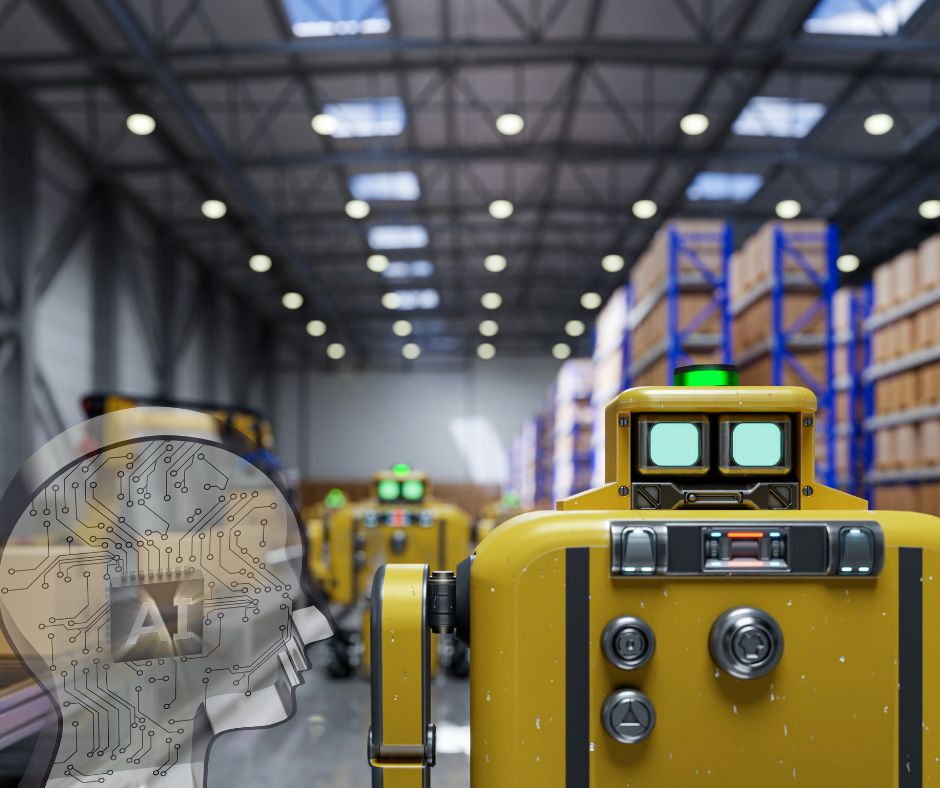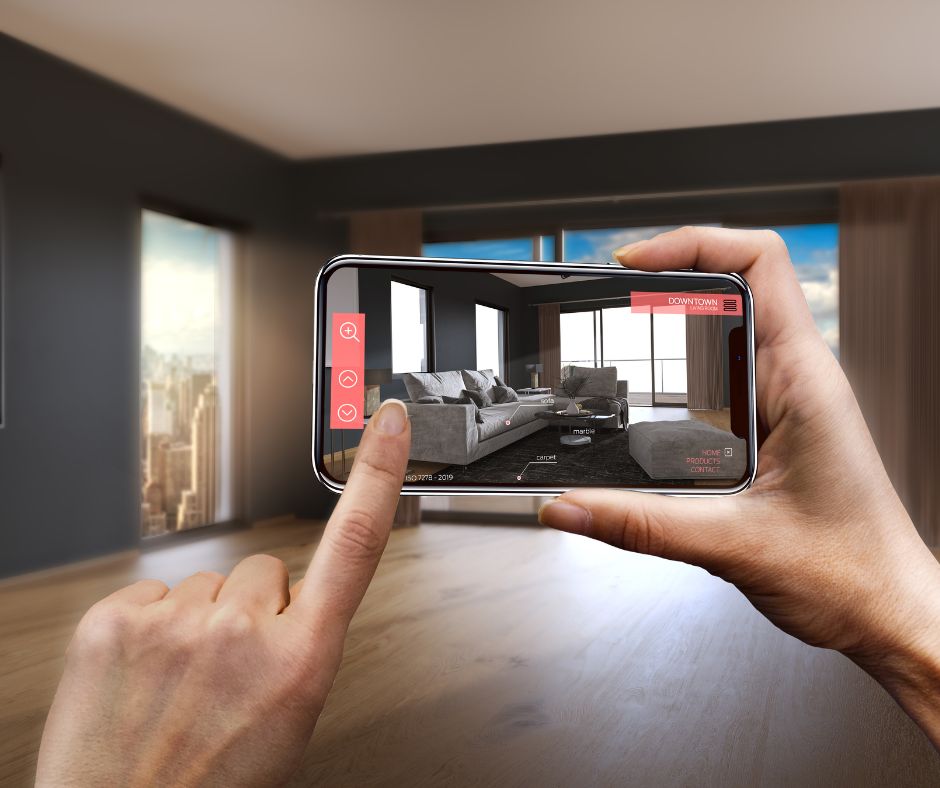-
Unleashing the Magic of AI: Transforming 3PL Inventory Management

Dive into the wild world of modern logistics, where AI dons its superhero cape to solve the puzzle of scattered pieces.
-
Try Before You Buy: Augmented Reality Shopping Revolutionizes E-commerce

Let’s delve into the exciting realm of augmented reality shopping and explore how it’s revolutionizing the way we shop online.